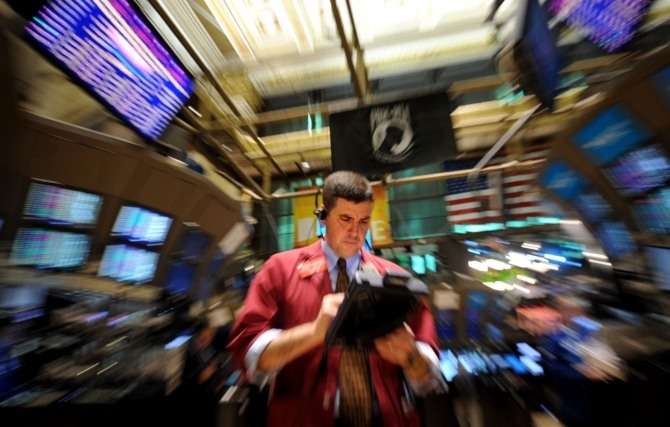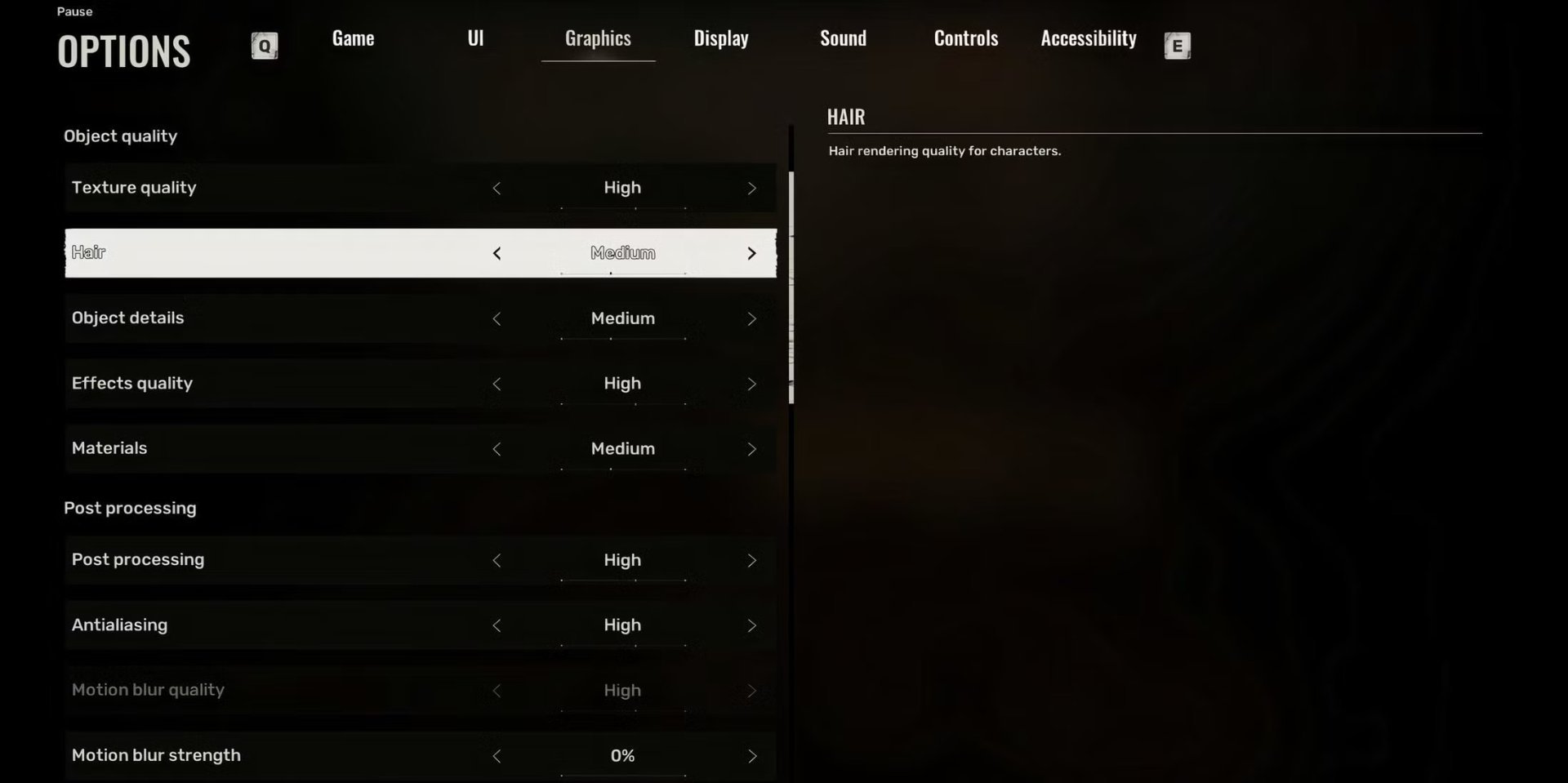
New York Stock Exchange Nvidia Investment Advisory… WSJ
View larger imageNew York Stock Exchange/Photo=News
The Wall Street Journal (WSJ), a major US economic media outlet, warned that NVIDIA’s stock price was getting too hot.
According to the New York Stock Exchange on the 23rd, the Wall Street Journal (WSJ) said, “Nvidia is at the top,” but warned against overheating, saying, “When you’re at the roof, there is often nowhere to go. but downhill.” Nvidia, the leader in artificial intelligence (AI) chips, continues to exceed market expectations, but some say the market’s over-expectations and problems with the launch of new products, such as Blackwell, the WSJ asserted that NVIDIA’s stock price volatility may become the ‘new normal’ in the future, citing the impact of Blackwell, which will be delivered this quarter.
WSJ reported that NVIDIA’s negative aspects are increasing. Although the stock price has risen due to expectations for the rise of AI, it is becoming a burden on Nvidia to fully meet these expectations. What is also important is how the market evaluates the situation where rapid growth continues but the rate of growth decreases. Sales in the third quarter increased 94% compared to the same period last year, but this is the first time in five quarters that the sales growth rate has fallen into double digits. Since NVIDIA predicts that sales in the fourth quarter (November to January) will be around $37.5 billion, the sales growth rate in the fourth quarter is expected to fall to around 70%.
On the New York Stock Exchange, the stock price of Nvidia, a leader in artificial intelligence, decreased by 3.22% today. Amazon also announced plans to invest an additional $4 billion in Open AI’s biggest competitor, Antropic, but its stock price fell. Among the ‘Magnificent 7’ group of large technology stocks, only three stocks rose: Microsoft (1.00%), Apple (0.59%), and Tesla (3.80%), and Nvidia, Amazon, Google’s parent company Alphabet ( 1.71%), and Facebook’s parent company Meta fell (0.70%).
Super Micro Computer, which had been on the rise as an AI champion but was mired in accounting fraud allegations and on the verge of delisting, saw its stock price plummet up after selecting and naming a new accounting audit body and submitting a performance statement. plan to the authorities early this week. After increasing by 15.12% on the previous day, it rose by 11.62% today, registering a rate of increase of 65.42% over the last 5 trading days. MicroStrategy, a software company known as the company with the largest number of Bitcoin holdings, saw its stock price fall 16.16% the previous day after hedge fund Citron disclosed its short selling position, but it went back 6.19% that day.
Nvidia announced the previous day that it recorded sales of $35.08 billion (about 49.1 trillion won) and earnings per share of $0.81 (1,133 won) in the third quarter (August to October) of fiscal 2025, going above market expectations. Nvidia’s annual sales exceeded $100 billion for the first time. Nevertheless, after the earnings announcement, Nvidia’s stock price fell about 1% in after-hours trading the day before, and finished trading up 0.53% in regular trading that day.
NVIDIA reported good second-quarter (May to July) performance last August, but its stock price plunged amid concerns over Blackwell production delays, but has since rebounded by around 24%.
Blackwell is highly anticipated as Nvidia’s next-generation product, but its product manufacturing is complex and problems such as heat generation are discussed. This creates uncertainty about how quickly Blackwell can increase sales. NVIDIA CEO Jensen Huang said in a conference call, “Demand for Blackwell is very strong,” but was reminded, “Our guidance is one quarter at a time.” Blackwell products are expected to generate sales of $62.6 billion (approximately KRW 87.6 trillion) in one year by 2026 and $97 billion (approximately KRW 135.7 trillion) the following year. While the US government is restricting the export of modern semiconductors to China, there is talk that Nvidia’s sales in China could be further affected by the return of former President Donald Trump, who promised a 60% tax on China, to power.
Bitcoin, the leader in virtual currency, is counting down to reach the $100,000 mark for the first time in history. According to cryptocurrency exchange Coinbase, the price of one Bitcoin once traded at $99,641. After crossing the $99,000 level, the price, which fell to the $97,000 area, continues to rise again and slowly increases its high level towards the $100,000 level. Thanks to US President Donald Trump’s promise of virtual currency policy, Bitcoin has increased by about 45% since the 5th, the day of the US presidential election followed by Ethereum, Ripple, Solana, and Dogecoin continued their collection.
Daeho Kim, Director of Global Economic Research Institute [email protected]
2024-11-22 23:19:00
#York #Stock #Exchange #Nvidia #Investment #Advisory #WSJ #Global #Economy

**Given the Wall Street Journal’s cautionary note comparing NVIDIA’s stock price to being “at the roof with nowhere to go but downhill,” what specific financial indicators or market trends should investors monitor closely to gauge whether these concerns are justified or if the market is overreacting?**
## World Today News: Decoding the Volatility of NVIDIA
**Introduction:**
Welcome to World Today News. Today, we’re diving deep into the recent trends surrounding NVIDIA, the leader in AI chips. We have two exceptional guests joining us: [**Guest 1 Name and Credentials**], and [**Guest 2 Name and Credentials**], who will shed light on the fluctuating stock prices, NVIDIA’s future prospects, and the broader implications for the AI and tech landscape.
**Section 1: Wall Street’s Cautionary Tale**
**(To Guest 1)**
The Wall Street Journal has issued aアマゾン cautionary note about NVIDIA’s soaring stock price, comparing its position to being “at the roof with nowhere to go but downhill.” Can you elaborate on the concerns driving this sentiment? Are these anxieties justified, or is the market overreacting to NVIDIA’s success?
**(To Guest 2)**
Do you agree with the WSJ’s assessment? Considering NVIDIA’s impressive quarterly performance and its undeniable role in the AI revolution, what factors might contribute to a potential market correction?
**Section 2: Navigating Growth Expectations**
**(To Guest 1)**
NVIDIA’s sales growth rate, while still impressive, has shown signs of slowing down. How crucial is it for NVIDIA to maintain its rapid growth trajectory to satisfy investor expectations? What are the potential ramifications if this growth begins to falter?
**(To Guest 2)**
Does this slowdown in growth necessarily indicate a looming crisis for NVIDIA? Can the company sustain its market dominance even with a more moderate growth rate in the future?
**Section 3: The Blackwell Factor: Hype vs. Reality**
**(To Guest 1)**
Blackwell, NVIDIA’s next-generation chip, is generating immense anticipation. However, there are concerns regarding production delays and technical challenges. How could these factors influence NVIDIA’s short-term performance and long-term prospects?
**(To Guest 2)**
What advice would you give to investors who are considering buying into NVIDIA stock based on the potential of Blackwell? What are the key risks and rewards to weigh?
**Section 4: External Influences: Geopolitics and Competition**
**(To Guest 1)**
The article mentions the potential impact of US-China trade relations and Donald Trump’s proposed tariffs on NVIDIA’s sales in China. How significant a threat do these geopolitical factors pose to NVIDIA’s future growth?
**(To Guest 2)**
Beyond political headwinds, how might the intensified competition from other players in the AI chip market, like those potentially backed by Antropic, affect NVIDIA’s market share and dominance?
**Closing Thoughts:**
**(To Both Guests)**
Looking ahead, what are your predictions for NVIDIA in the coming months and years? What are the most important factors to watch that could shape the company’s future trajectory?
**Outro:**
Thank you to our esteemed guests for providing insightful perspectives on this complex and fascinating topic. We hope this discussion has shed light on the factors driving NVIDIA’s volatile stock performance and the broader implications for the future of AI technology.



